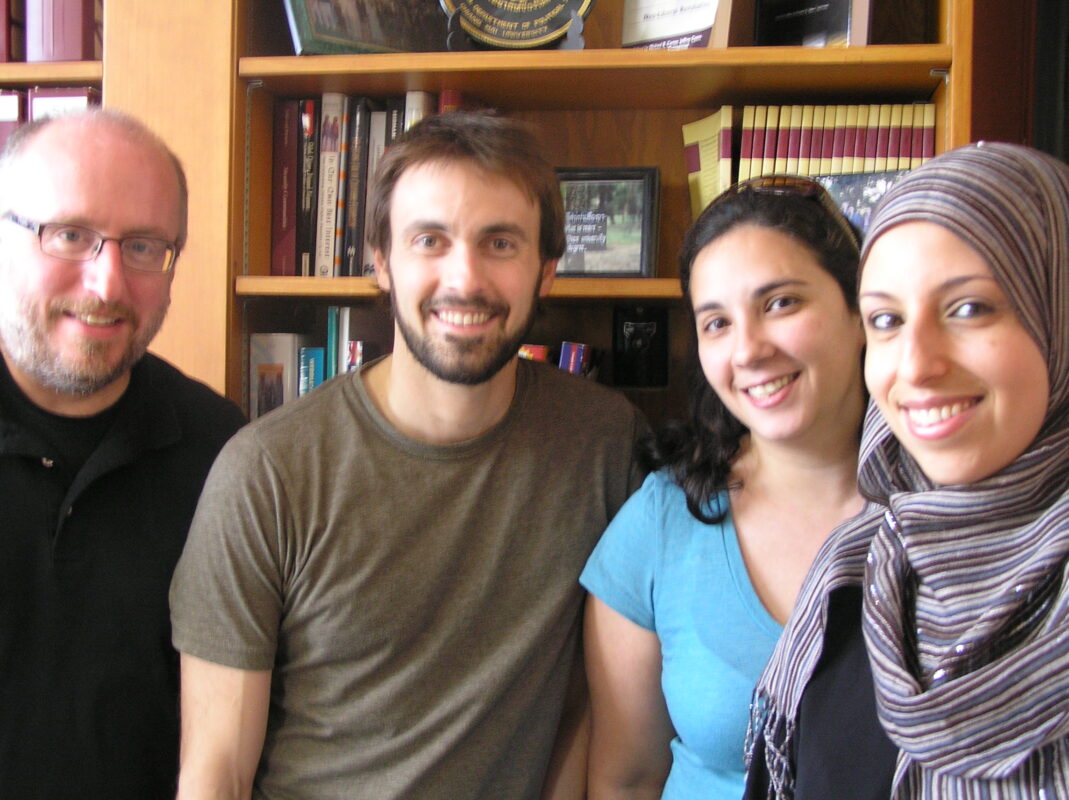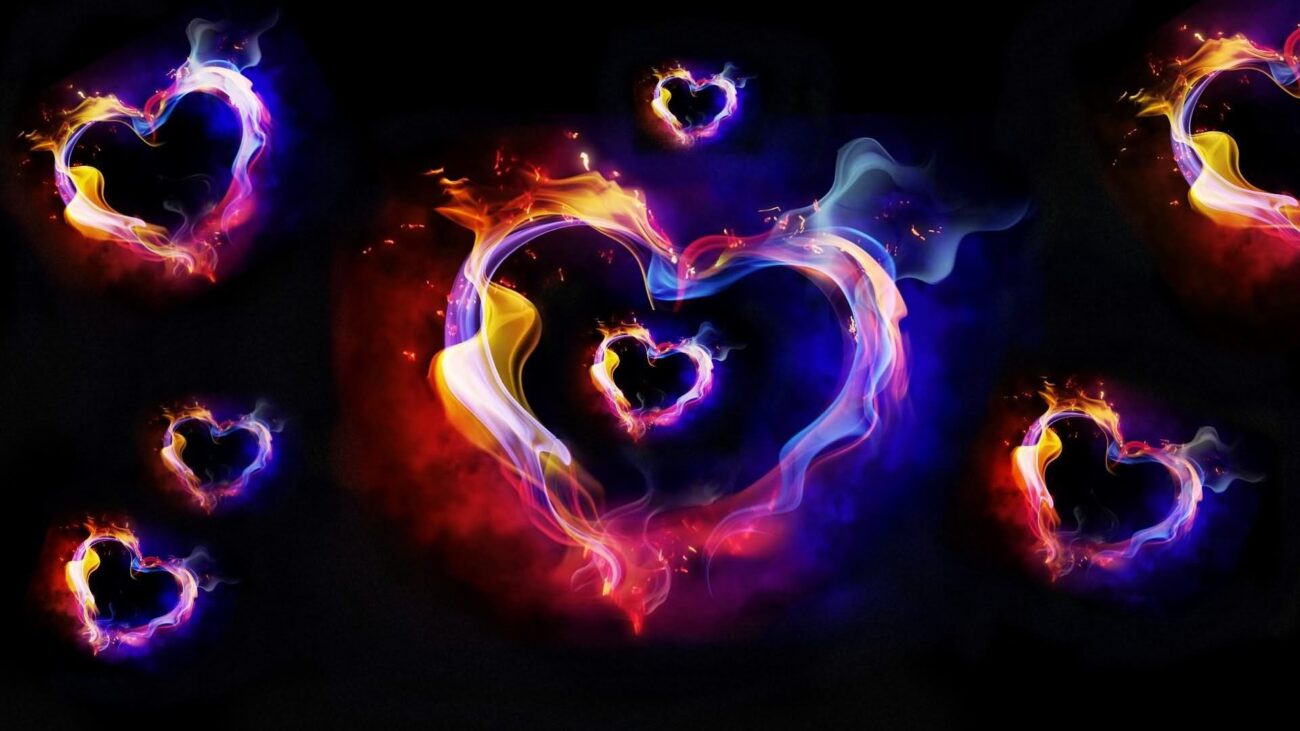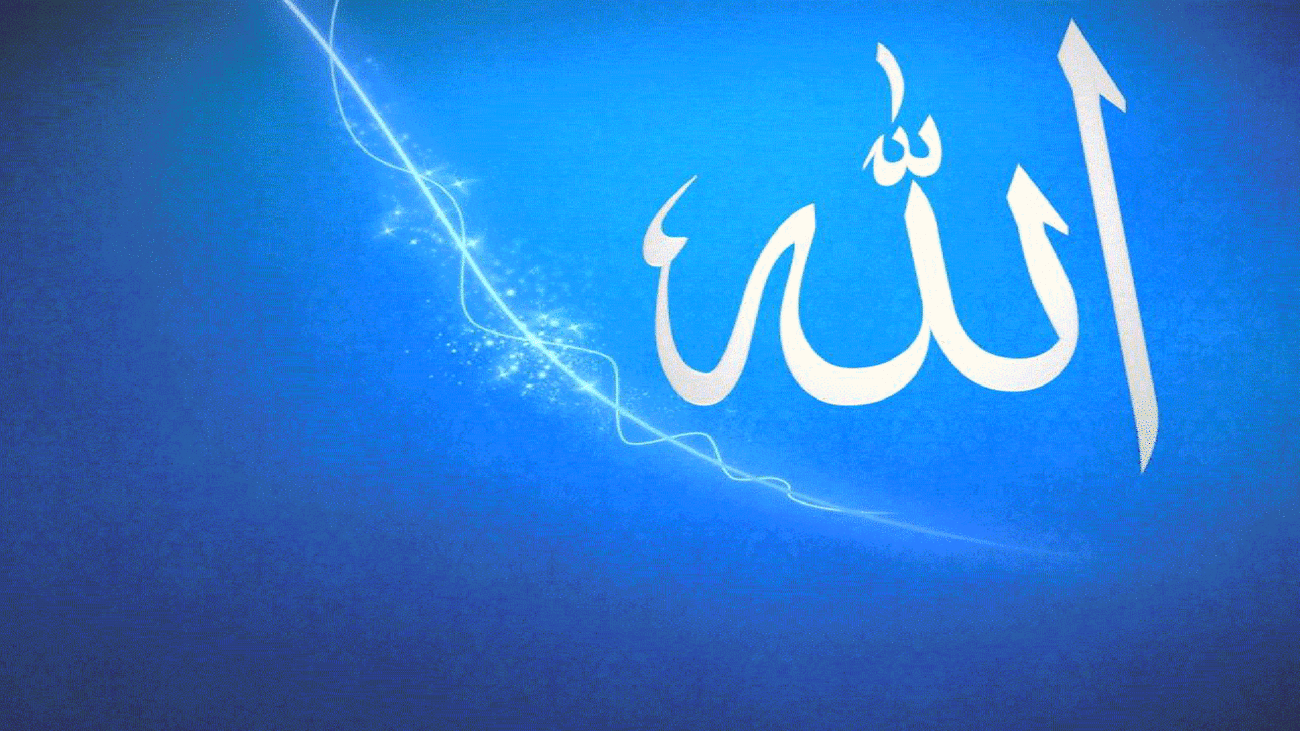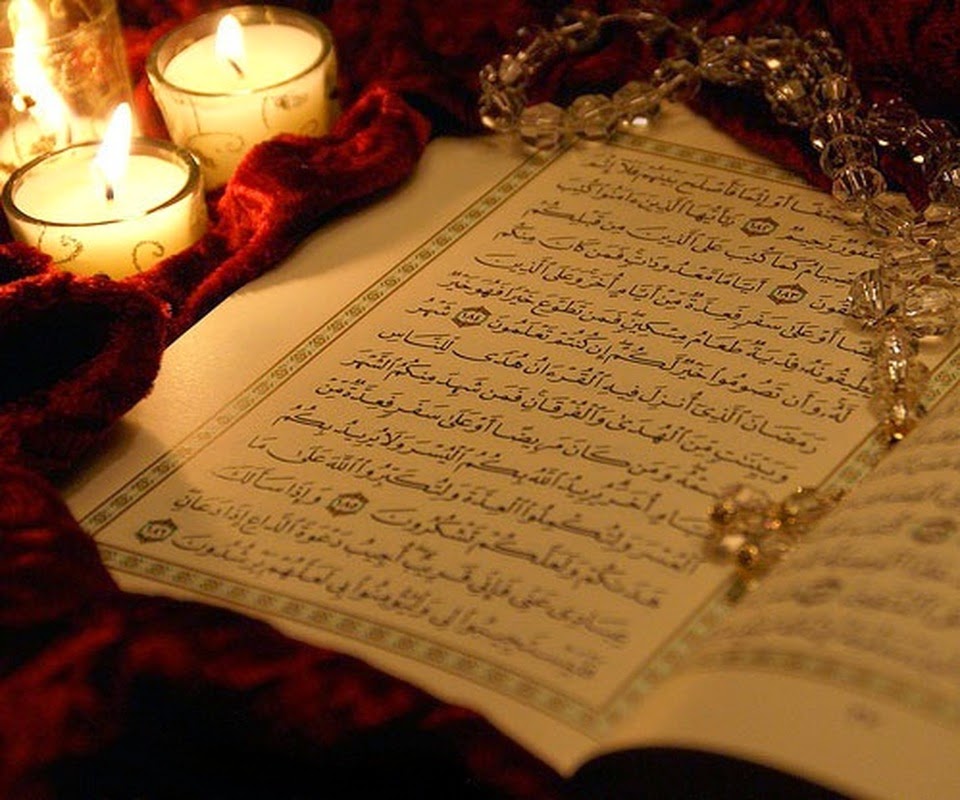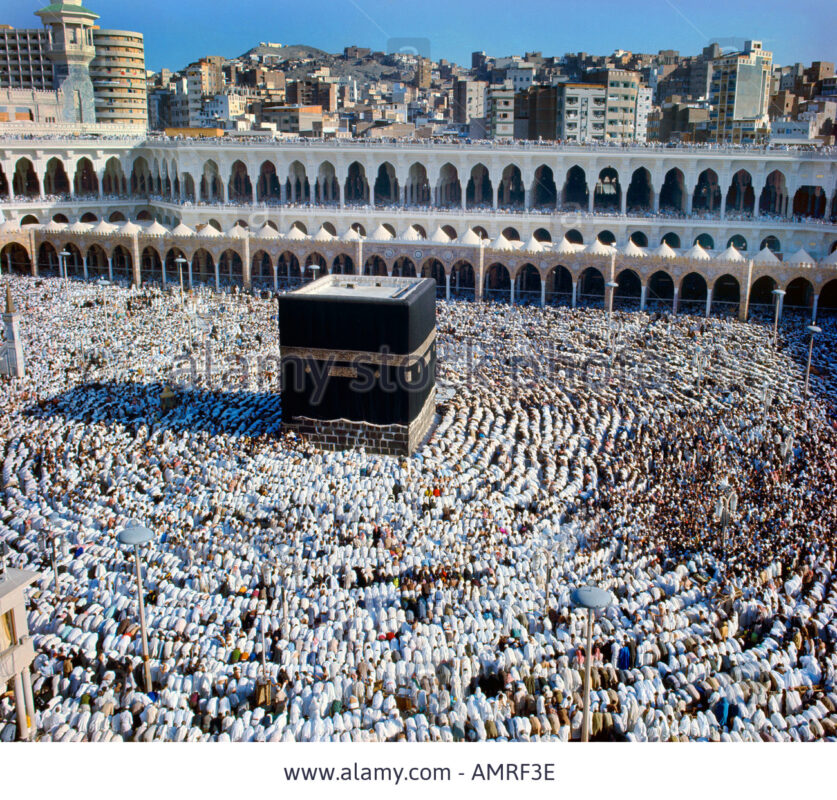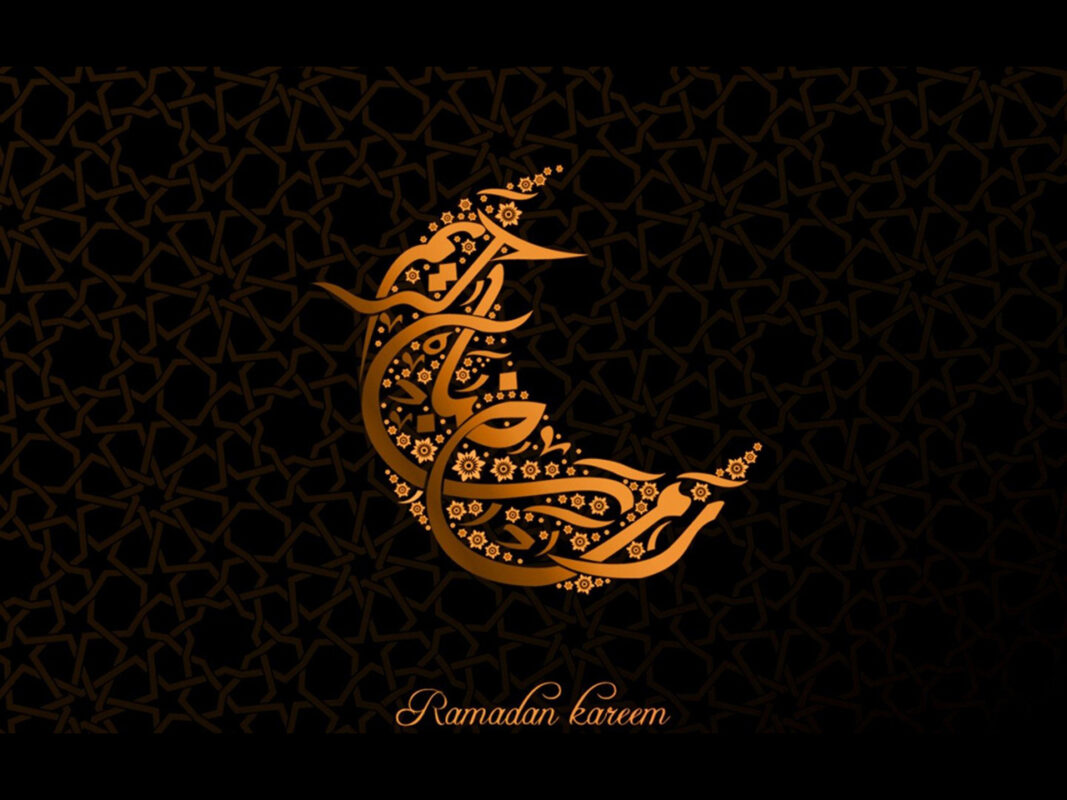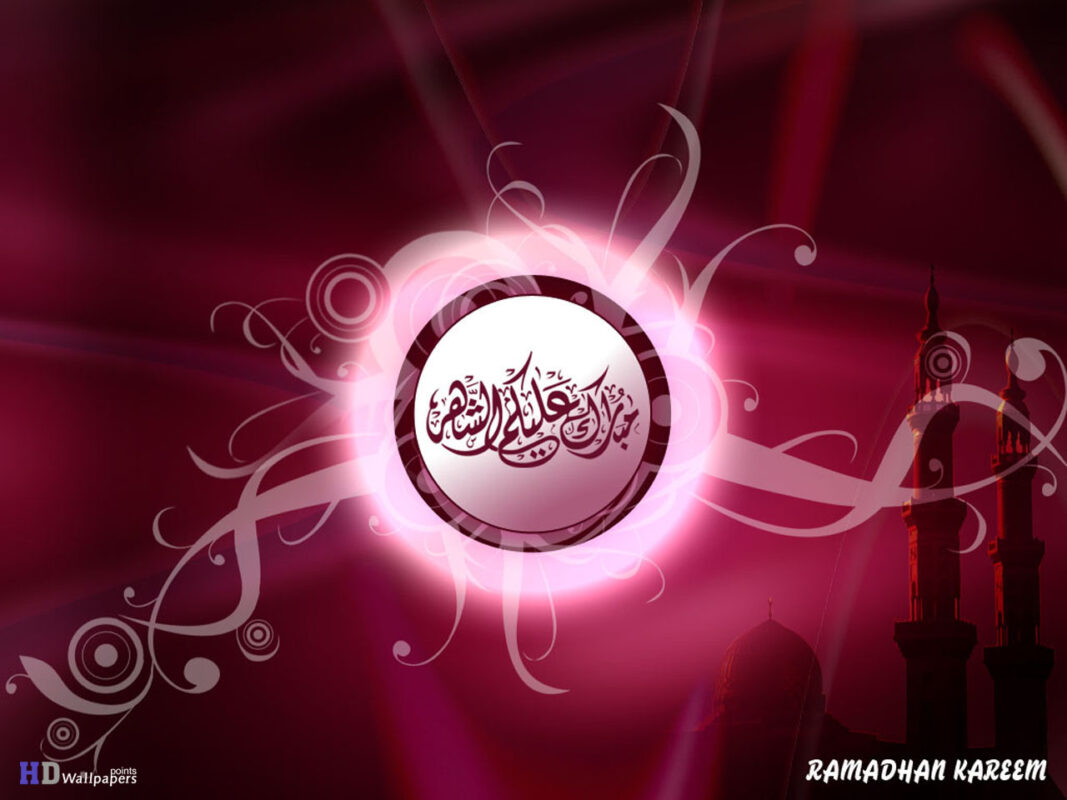“We made from water every living thing. Will they not thenbelieve?” (I)
This ayah is in Surah Al-Anbiyaa which was revealed inMakkah and has 112 ayahs. The main theme of the Surah revolves around faith:believing in Allah, His angels, His Books, His Messengers and the Day ofJudgment. The Surah also focuses on Islamic monotheism, emphasizing that Allahhas no partner, no equivalent, no spouse; no offspring and that none candispute with Him concerning His power.
Signs of creationin Surah Al-Anbiyaa:
We can summarize the signs of creation mentioned in SurahAl-Anbiyaa, which shed light on Allah’s wonderful creation and His divineability, as follows:
1. Thecreation of the Heavens and the Earth in accurate proportions; they arearranged in an accurate and systematic manner.
2. Theunity in the structure of the universe proves the Oneness of the Creator.
3. Thefact that the Heavens and the Earth were joined together as one before Allahseparated them.
4. Thefact that Allah created every living thing from water.
5. Thefact that Allah created mountains to stabilize the Earth and that He mademountain passes for people to be able to pass through and to be guided by them.
6. Emphasizingthat Allah made the heavens as a well guarded ceiling.
7. Referenceto the rotation of the Earth on its axis around the sun and the alternation ofthe day and night. The course of the Earth, the sun and the moon through spaceare described as, “They float, each in an orbit”.
8. Confirmingthat every soul shall taste death.
9. Referenceto the fact that man is hasty.
10. Referenceto the gradual reduction of the land from its outlying borders in a miraculousimage.
11. Referenceto the Day when the heavens are rolled up like a scroll and the universe willreturn to its original form (joined together before it was separated into theheavens and the Earth).
One of the miracles of the Holy Qur’an is that itmentions how the Earth was created as well as how it will be destroyed in oneSurah; this Surah also refers to creation of all living things between thesetwo events.
All of these scientific issues need to be dealt withseparately; therefore, I will focus my analysis on the fourth point in thislist, in which Allah says what can be translated as, “We made from waterevery living thing, will they not then believe?”
I shall start with a brief review of the comments made bya number of scholars on this ayah:
Ibn-Kathir says:
“We made from water every living thing” means that water isthe origin of all living things. Abu Huraira said, “O Messenger of Allah, whenI see you, I feel happiness and contentment inside me; tell me abouteverything. The Prophet (PBUH) said, “Everything has been made from water.” AbuHuraira then said, “Tell me about an action that if I do it, I will go toheaven.” The Prophet said, “Spread greetings, feed the poor, maintain contactwith your kin, pray at night when the people are asleep and you will enterheaven.”
The interpretationby Al-Galalein states the following:
“We made from water”, descending from the sky; “every livingthing” produced by the earth, like plants, means that water is what keepsit alive; “will they not then believe” in My Oneness.
Fi Zilal Al-Qur’anstates:
“The second half of the ayah “We made from water every livingthing,” mentions a very important fact that scientists consider to be ofgreat consequence; this fact is that water is the source for life. That theQur’an mentions this fact does not surprise us and does not increase our beliefin the truth of the Qur’an as we are well aware that the Qur’an is the Book ofAllah and not because it agrees with scientific theories. For more thanthirteen centuries, the Holy Qur’an has tried to guide the disbelievers to thewonders of Allah’s creation in the universe. Moreover, the Qur’an rejects theirdisbelief in spite of their knowledge of its existence, “will they notthen believe?” How can they not believe when everything in the worldaround them drives to believe in Allah who created them?”
Scientific implications in the ayah:
1. Waterpreceded the existence of all created beings. All geological studies haveproved the Earth’s age to be greater than 4.6 billion years ago whereas the ageof the most ancient sign of life (fossils) in the Earth’s rocks is 3.8 billionyears. This means that preparing the earth for life on its surface took over800 million years. Allah is capable of enabling things to simply be, but theprocess of creation took a long period of time in order to help human beingsfollow Allah’s system on earth and to make well use of it in constructing life.This is because both time and place are dimensions of matter and man’slimitations are a part of Allah’s creation, thus the created can never surpassits creator. Allah is above all His creations, including matter, energy, timeand place. During this lengthy period, in which the Earth was being prepared toreceive life, Allah created the volcanoes, which have been the main reason inthe forming of the rock zone(lithosphere), water zone (hydrosphere) and air zone (atmosphere) of the Earth.Moreover, the extensive volcanic activities lead to create the mountain chainsby extraction of the lava and magma (melted rocks) from the Earth’s interiorunder the paleo-oceanic (ancient oceans) crust until our planet was ready toreceive different types of life forms.
2. Allahcreated all early forms of life in water because, at that stage, water was themost suitable environment for life. Paleontological studies indicate thataquatic life (marine environments) prevailed in the Earth for about 3360million years (from 3800 to 440 million years ago) before the creation of thefirst type of plants on land.
3. Geologicalstudies have proved that the creation of plants preceded the creation ofanimals. Therefore, the creation of aquatic plants preceded the creation ofaquatic animals. Additionally, the creation of plants on land was earlier thanthe creation of animals on land. All these forms of life preceded the creationof man whom Allah Has honoured. The reason for this order in creation is quiteclear, as human beings depend on plants and animals for nutrition. Furthermore,both human beings and animals depend on plants for their food. Plants play thekey role in supplying the earth’s atmosphere with oxygen, essential for thelife of humans and animals.
Green plants are also the natural factory for thecreation and re-creation of organic particles. These organic particles arenecessary for plants, animals and humans; these particles are made from waterand food substances (sap) absorbed from the soil together with carbon dioxidefrom the atmosphere and energy from the sun. Water is essential forphotosynthesis. A molecule of water (H2O) is composed of two hydrogen atoms andone oxygen atom. Plants obtain water by absorbing it from the soil and rocksthrough their roots. Plants obtain energy from sunlight through the chlorophyllthat Allah has put in the plant’s cells. Allah has given plants the ability tobreak down a water molecule into a hydrogen ion carrying a positive electriccharge (H+) and a hydroxide ion carrying a negative electric charge (-OH). Twohydroxide ions combine to form a water molecule and an oxygen atom which isreleased into the atmosphere and is then used by all other living creatures forrespiration. The hydrogen ions (H+) that are released from the breakdown ofwater combine with the carbon dioxide (CO2) the plant obtains from thesurrounding atmosphere to make all kinds of organic particles that are neededto build living cells, beginning with the simplest carbohydrate particles suchas glucose and starch, and ending withproteins, oils, fats and chemical compounds of amino and nuclear acids thatform the DNA of every living thing.
Through this process, plants store part of the solarenergy they receive in the form of chemical bonds. The hydrogen ions which arefound in water play a major role in this process, while the oxygen which isreleased from water into the air through photosynthesis is used by all livingcreatures for respiration, which causes the oxidation of organic substances infood. It is obtained directly from plants (or indirectly from animals as carbondioxide and water) transforming part of the solar energy that had been used bythe plant into heat energy (as a result of the activities of living organisms),or leaves it in the form of remains and wastes that oxidize and return back tothe air.
It is obvious that water is essential in building thebodies of all living organisms. It is important in helping them to continuedoing their different vital activities.
1. Wateris the most efficient solvent ever known. It acts as a solvent for a number ofelements and compounds that are transported from the soil to different parts ofthe plant and from food to all parts of the human and animal bodies. That isbecause it has a high viscosity and surface tension as well as maximumcapillarity.
Water is the main element ofall living organisms. It has been proved that the percentage of water in ahuman body is 71% in an adult and 93% in an embryo that is a few months old.
2. Watercomposes more than 80% of human blood and more than 90% in the bodies of alarge number of plants (sap) and animals.
3. Allvital actions and processes like nutrition, excretion, growth and reproductioncannot be undertaken without water: photosynthesis, the exchange of solutionsbetween cells due to the capillarity of aquatic solutions as they pass throughthe cell wall (osmosis) and the building of new cells and tissues that helpgrowth and reproduction. Water is also needed to get rid of toxins and bodywaste through excretion and secretion.
Water is also essential for other functions such asswallowing, digesting, transporting and distributing food, vitamins, hormones,immunity system elements and oxygen to all parts of the body. There can be nolife without water. It is essential for the excretion of wastes and toxins andmaintaining the temperature and humidity of the body. There is no livingorganism that can completely live without water.
As well as its function in maintaining body temperature,controlling blood pressure and levels of acidity, a shortage of water can causethe cells to become dehydrated disrupting their work. It may also cause tissuesto dry, joints to stick together, blood to clot and the living organism to perish.The symptoms of a shortage of water in the body of a living organism aredangerous. For instance, if a person loses just 1% of the water in his body, hewill feel thirsty. If this percentage is 5%, his tongue and mouth will becomedry, he will have difficulties talking and will suffer from weakness. If thepercentage increases to 10%, he will die.
At the same time, an increase in the percentage of waterin the body of the living organism may also lead to his death. An increase inthe percentage of water in the body causes vomiting, general weakness and endsin a comma that leads to death.
Water covers 71% of the earth’s surface which is 510million square kilometres (km2), while the land occupies 29% of the wholesurface area. Earth is the richest planet in the solar system as concernswater. The amount of water at the surface is estimated at 1.4 billion cubic kilometres(km3); it also has stores of water below the surface (underground water),especially in the weak sphere (asthenosphere) of the Earth estimated at morethan a hundred times that amount. Kindly, this groundwater always extracts tothe surface at the suitable time by the will of Allah Almighty through thevolcanic activities.
At the earth’s surface, most of the water (97. 22%) isdistributed in seas and oceans that cover 362 million km2, with an averagedepth of 3800 meters (below the sea level) that give the seas and oceans acontent of slightly more than 1375 million km3 of salty water. Furthermore, theamount of ice that covers the earth’s two poles and the apex of the mountainshave a thickness of 4 kilometres in the South Pole and 3800 meters in the NorthPole; the amount of water contained in these icebergs 2.15% of the water foundon the earth’s surface. The remaining amount, estimated at 0.63% of the waterfound on the earth’s surface, is largely stored in the rocks (undergroundwater) that are found on the earth’s crust. An amount of 0.017% is found inlakes and in rivers, the humidity in the air and the soil that help plants togrow; it also plays a vital role in forming clouds that shade the earth frommany of the sun’s burning rays during the day, whilst also returning the warmththat has been emitted by the rocks as soon as the sun has set.
This miraculous distribution of water on the earth’ssurface plays a major role in controlling the earth’s climate to accommodatelife. Without these vast watery and icy areas, life would have been impossibleon Earth as the temperature could have reached more than 100oC during the daytimeand decreased to -100oC at night; these conditions are impossible for theexistence of life. However, Allah Had mercy upon us by creating this the water(hydrosphere) system that controls the temperature, the constant evaporation oflarge amounts of water (380,000 km3 per year) and the condensation of thiswater in the form of clouds, fog and dew that then falls as rain, ice and snow,accompanied by thunder and lightning, releasing nitrogen compounds and otherelements that enrich the soil with compounds that are needed by the plant.
Water helps regulate the temperature in the seas andoceans maintaining marine life. This is through a combination of hot and coldsea currents, the absorption of a great amount of sunlight and energy from theactivities of the various marine life forms and the redistribution of this heattogether with the heat obtained from volcanoes that erupt on the troughs of theoceans and on a number of seas. The most important function of water is inprotecting aquatic life from climate changes, especially when the temperaturedecreases to below zero.
Every rational person can therefore notice this amazingcreative power that gave water a number of physical and chemicalcharacteristics that are not found in other elements. The most obviouscharacteristic is its low density when it freezes, enabling it to float on thesurface of the seas and oceans instead of sinking to the bottom and destroyingthe various life forms that exist there. These floating icebergs on the water’ssurface act as insulators between the cold air surrounding them and therelatively warm water underneath. This is only a little of the many uniquenatural and chemical characteristics that Allah SWT has instilled in water.
Another very important characteristic is water’s greatability to dissolve large amounts of solids, liquids and gases. Moreover, themolecular structure of water with its double pole and resistance to dissolutionand ionization, together with its special freezing and boiling points and thehigh specific and latent heat, impressive viscosity and surface tension, lowdensity in freezing, its great ability in the processes of oxidation andreduction and to react with many chemical compounds help to crack the soil tofacilitate the germination of plants. Allah has therefore enabled it to carryout a major role in all plants, animals and people. It is considered to be oneof the great miracles of Allah, revealed in His Holy Book over 1400 years ago
This ayah is mentioned immediately after the process ofthe creation of the heaven and the earth, which is one of the greatest miraclesof Allah SWT. Allah is addressing the disbelievers in this ayah, which is whyit ends with the reprehending interrogative, “will they not then believe?”
These are facts that mankind had not been aware of beforethe twentieth century; they are mentioned in the Qur’an in a precise andconcise manner that proves that the Qur’an is the word of Allah and proves theProphethood of the Prophet, Muhammad (PBUH). Peace and blessings be upon himand his family and companions and all who follow his guidance until the Day ofJudgment.
(I): SurahAl-Anbiyaa – The Prophets: V 30
Source: Dr.Zaghloul El-Naggar [External/non-QP]

